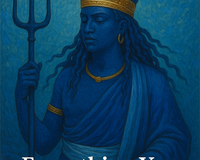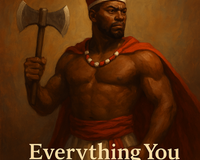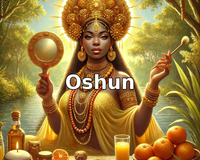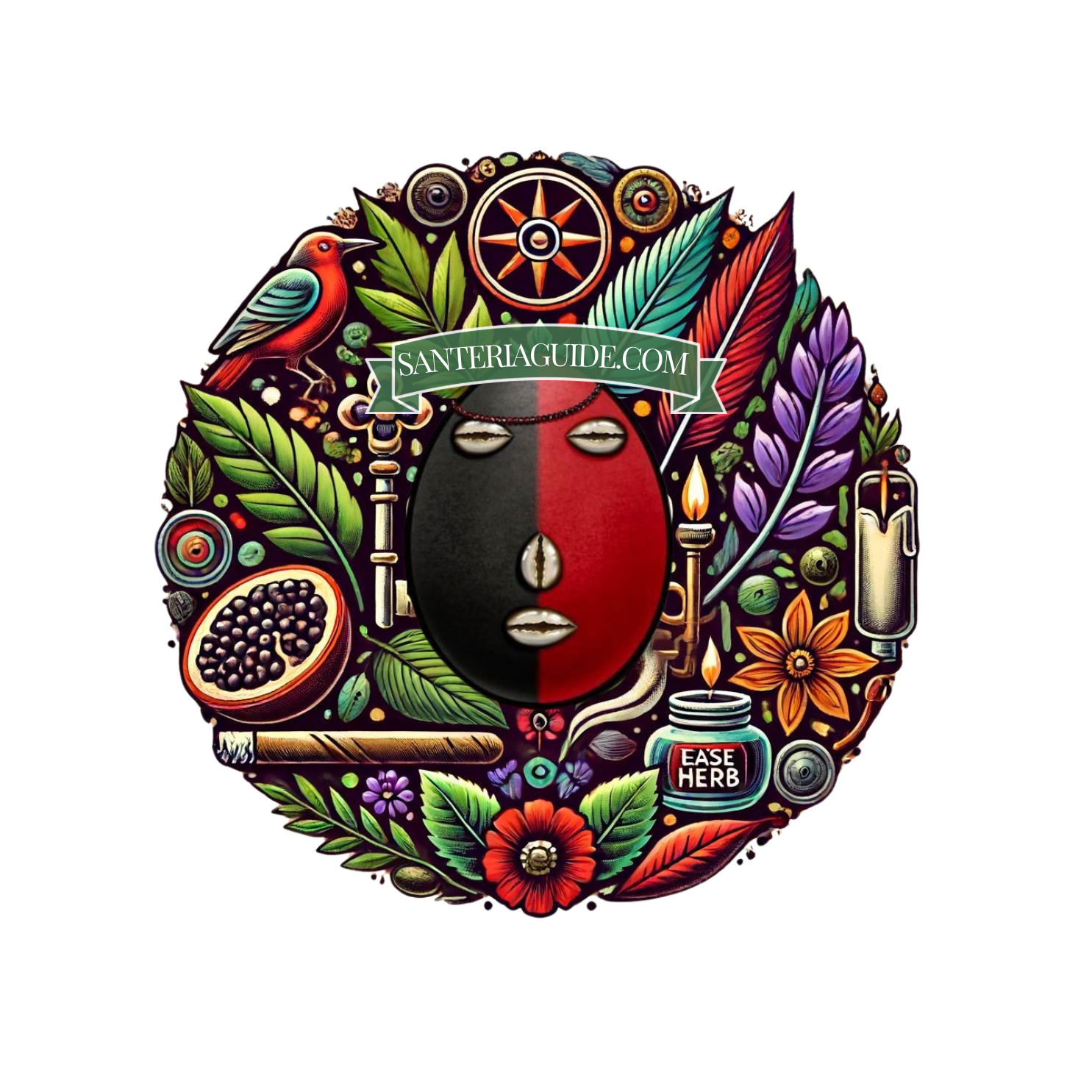Santeria Vocabulary "Lukumi"
Tags: Santeria vocabulary
Share
Popular posts
-

-
 Shango in Santería: The Mighty Orisha of Thunder, Fire, and DrumsshangoApr 02, 2025
Shango in Santería: The Mighty Orisha of Thunder, Fire, and DrumsshangoApr 02, 2025 -
 Why Is Oshun Called Iyalorde? The Orisha of Love and Prosperitydivine feminine energyJan 24, 2025
Why Is Oshun Called Iyalorde? The Orisha of Love and Prosperitydivine feminine energyJan 24, 2025




